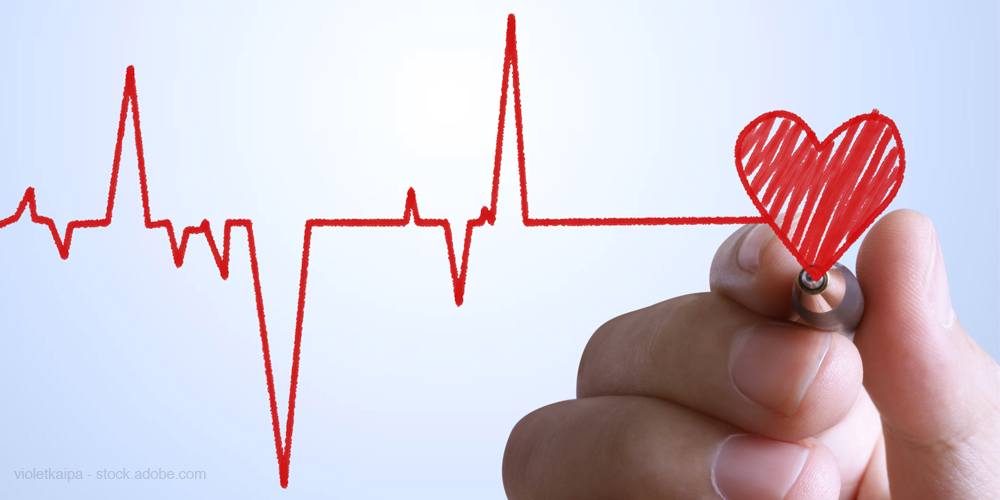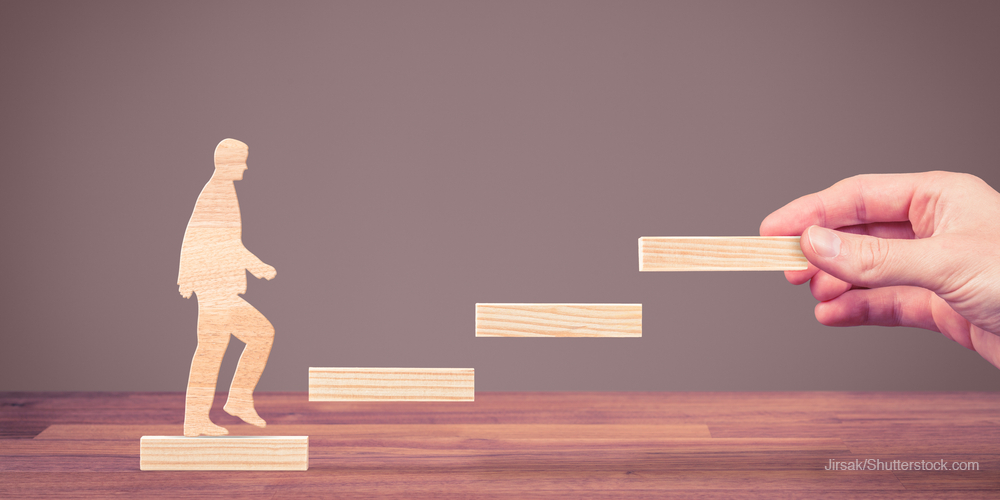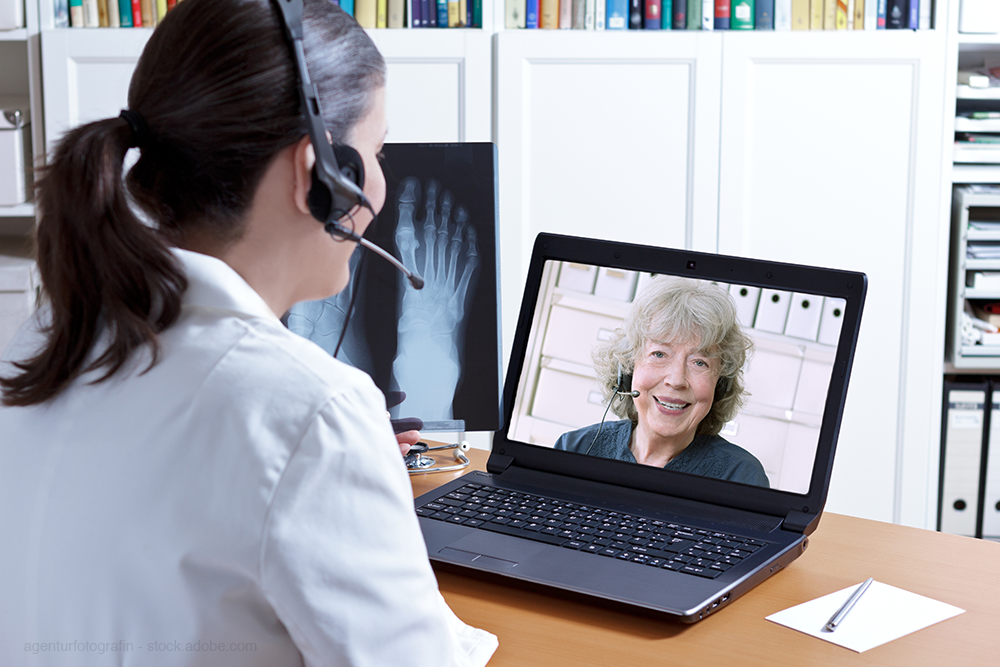At-Home Pulse Oximeters: The ‘It’ Gadget of the COVID-19 Outbreak
Early detection of low blood oxygen levels may detect ‘silent hypoxia’ seen in some patients with COVID-19. But the American Lung Association advises against buying a pulse oximeter unnecessarily.

Jen Singer became sick with an unidentified respiratory illness while visiting Seattle in February, before many knew enough to be worried about COVID-19. The fever and coughing delayed the 53-year-old’s trip back home to New Jersey.
During an April telehealth visit, Singer didn’t have traditional COVID-19 symptoms. She felt abdominal fullness and had difficulty breathing when climbing stairs. Suspecting a gallbladder issue, the doctor sent her to the emergency department (ED), where her heart rate hovered near 40 beats per minute. A normal resting rate is 60 to 100. Singer’s diagnosis? Fluid buildup in her liver from a third-degree heart block - and she tested positive for COVID-19. She was treated with a pacemaker.
“For the entire month of March, I was taking my temperature (at home), when I should have been measuring my heart rate. If I’d had a pulse oximeter, I would have known that my heart rate had dropped to 42, and I would have rushed to the hospital sooner,” Singer says.
At-home pulse oximeter purchases have spiked more than 500% since the first COVID-19 case was identified in the U.S. The device can easily be purchased at drugstores and online retailers for as little as $40. But not all doctors agree that they’re helpful or that people need to self-monitor for potential COVID-19 exposure. False positives can cause unnecessary anxiety and lead people to seek unnecessary medical care. Many physicians, however, see pulse oximeters as an important way for people to identify declining lung function early and address the cause, including COVID-19, when it’s easier to treat.
Adjunct to Telehealth
Pulse oximeters are noninvasive clips typically used on the finger or the earlobe that measure light wavelengths to determine blood oxygen level. More precisely, the light is a measurement of the proportion of hemoglobin in the blood that is “saturated” with oxygen. A normal saturation level is 94% to 100%. Pulse oximeters also take a pulse, thus the “pulse” in pulse oximeter, and are commonly used in hospitals to monitor patients.
At-home pulse oximeters were in use before the COVID-19 outbreak, especially by people with chronic heart or lung problems. People getting supplemental oxygen use them to adjust the flow as needed, explains Albert Rizzo, M.D., FACP, chief medical officer of the American Lung Association. Some athletes use them for fitness monitoring.
Related: Healthcare Leaders Form Taskforce On Telehealth
In late April, the American Lung Association put out a statement that quoted Rizzo as saying that “unless you have a chronic lung or heart condition that affects your oxygen saturation level on a regular basis, most individuals do not need to have a pulse oximeter in their home.” The same statement said the lung association advised against buying pulse oximeters unnecessarily.
The role of pulse oximeters for people with chronic health problems that affect their lungs ad breathing is well established. Just as patients with chronic conditions use devices like blood pressure cuffs and glucose monitors, “home monitoring of oxygen is a way for patients to become familiar with their baseline saturation and to monitor themselves for decompensation,” says Lisa Moreno-Walton, M.D., FAAEM, a professor of emergency medicine at the LSU Health New Orleans School of Medicine and president-elect of the American Academy of Emergency Medicine. The patient and treating physician should determine a target number for when to seek medical help. Pulse oximetry can be a great adjunct to telemedicine, she says, providing useful information to inform further medical care. Ideally, patients should first use the device with guidance from a physician to be certain they’re using it correctly and that the readings are consistent with the pulse oximeters at the medical practice or hospital.
Some physicians believe that pulse oximeters can save lives amid the COVID-19 outbreak by prompting people to get medical help sooner. COVID-19 patients (how many is unclear) have shown up at the ED with “silent hypoxia,” abnormally low oxygen saturation levels without breathing difficulty. Silent hypoxia is not specific to COVID-19, but it may be more common than with other lung infections.
Over-reliance on a pulse oximeter and a good saturation rate can give a false sense of security, warns Rizzo, because oxygen saturation and heart rate are only two factors for determining a person’s condition. For COVID-19, Rizzo says that a doctor would also consider shortness of breath, fever, cough, gastrointestinal symptoms and headache.
Pulse oximeters are available for as little as $25. It’s simple technology, says Rizzo. “You get what you pay for, but spending a couple hundred dollars isn’t necessary,” he explains, adding that if a cheaper one gives consistently accurate levels, it’s probably fine.
Patients should know that a pulse oximeter may be less accurate if they’re wearing dark or gel nail polish, says Rizzo. Cold fingers
or poor circulation may also affect pulse oximeters. People should
not rely on a single reading and should take measurements multiple times throughout the day to
evaluate trends.
Now home from the hospital, Singer uses her $50 Ankovo pulse oximeter regularly. She also sent one to her college-age son as part of a care package - along with heart-healthy oatmeal.
Deborah Abrams Kaplan covers medical and practice management topics.

In the Scope of Virtual Health and the Future of “Website” Manner, Per Ateev Mehrotra
August 10th 2023Briana Contreras, an editor of Managed Healthcare Executive, had the pleasure of catching up with MHE Editorial Advisory Board Member, Ateev Mehrotra, MD, MPH, who is a professor of healthcare policy at Harvard Medical School and an Associate Professor of Medicine and Hospitalist at Beth Israel Deaconess Medical Center.
Listen























